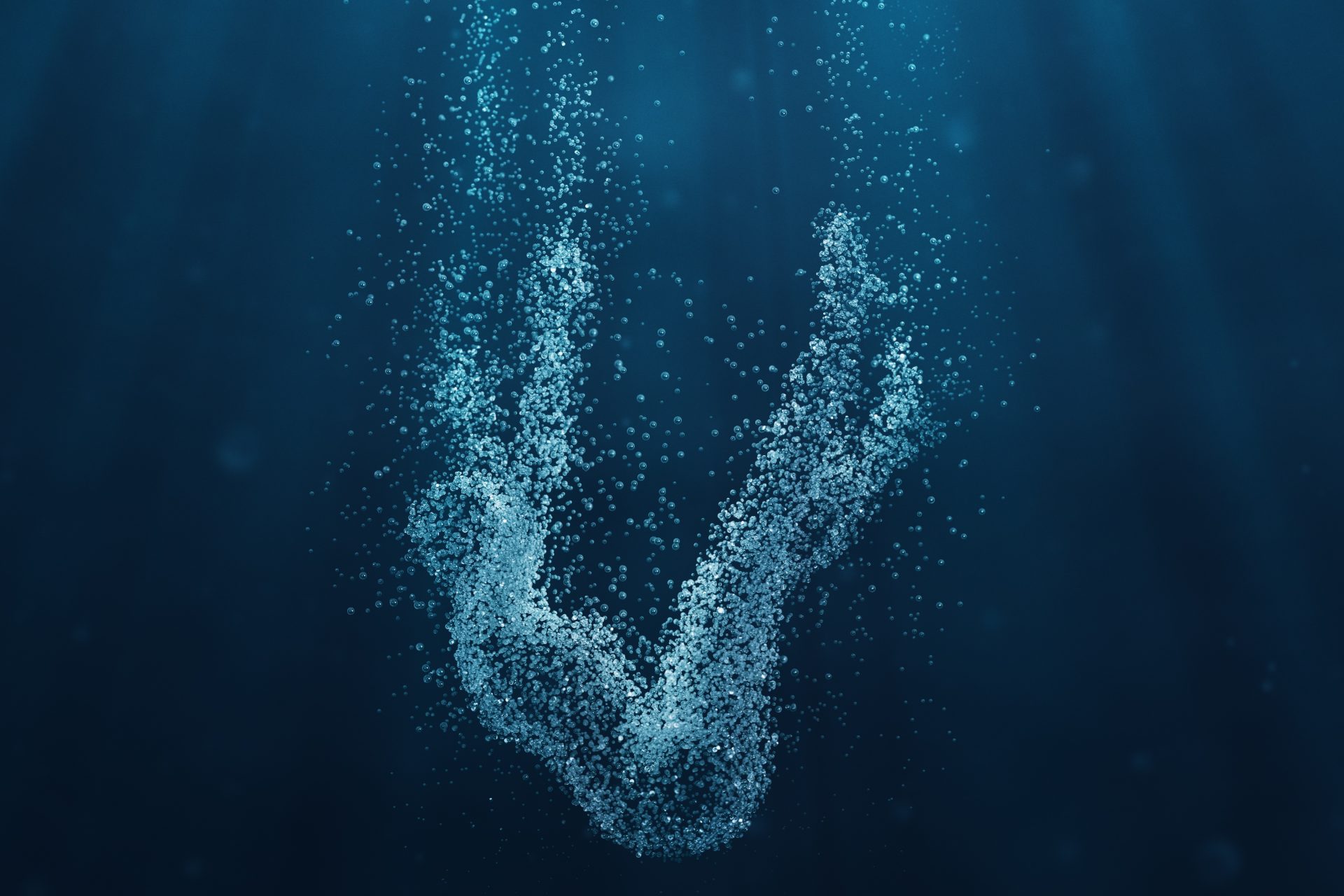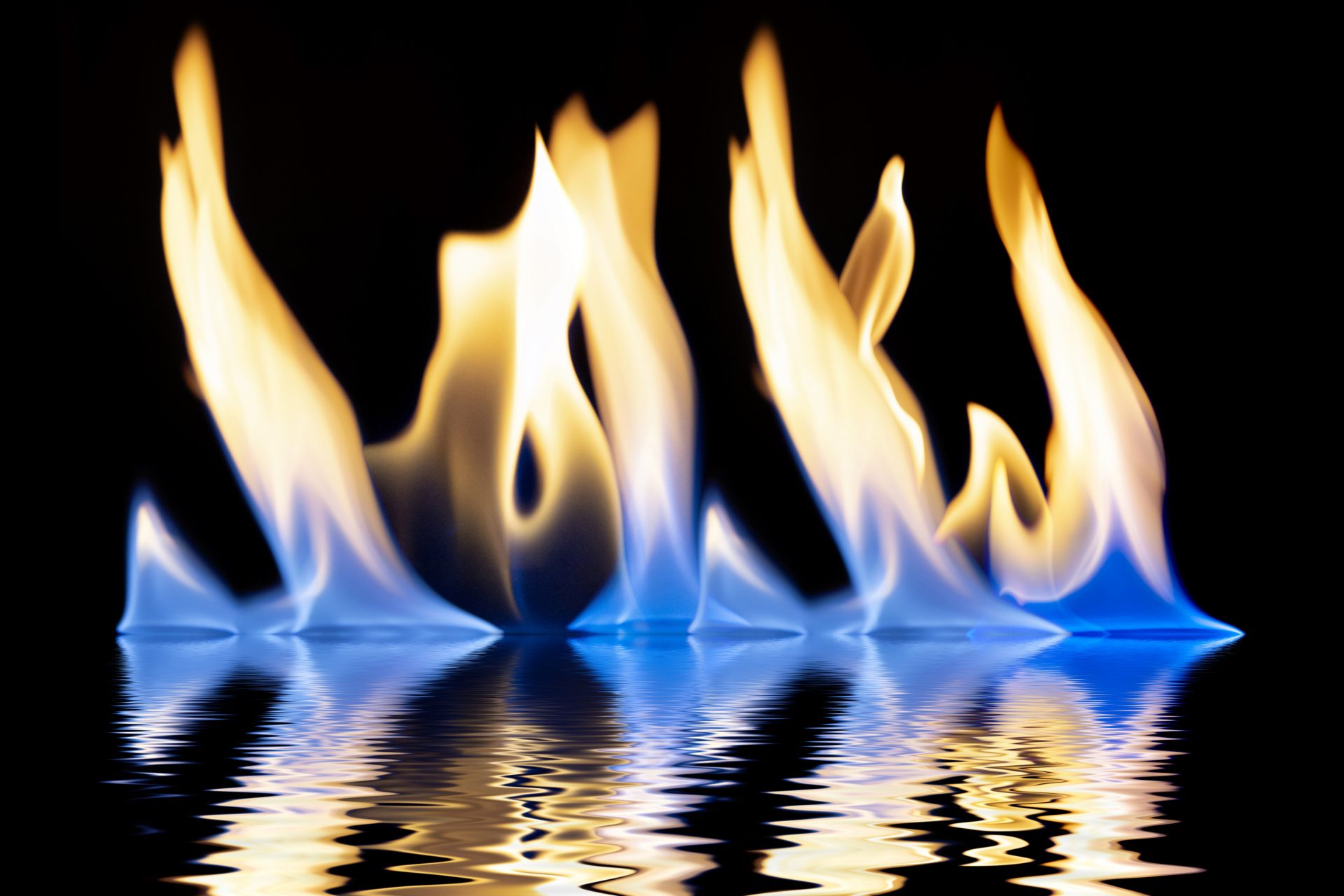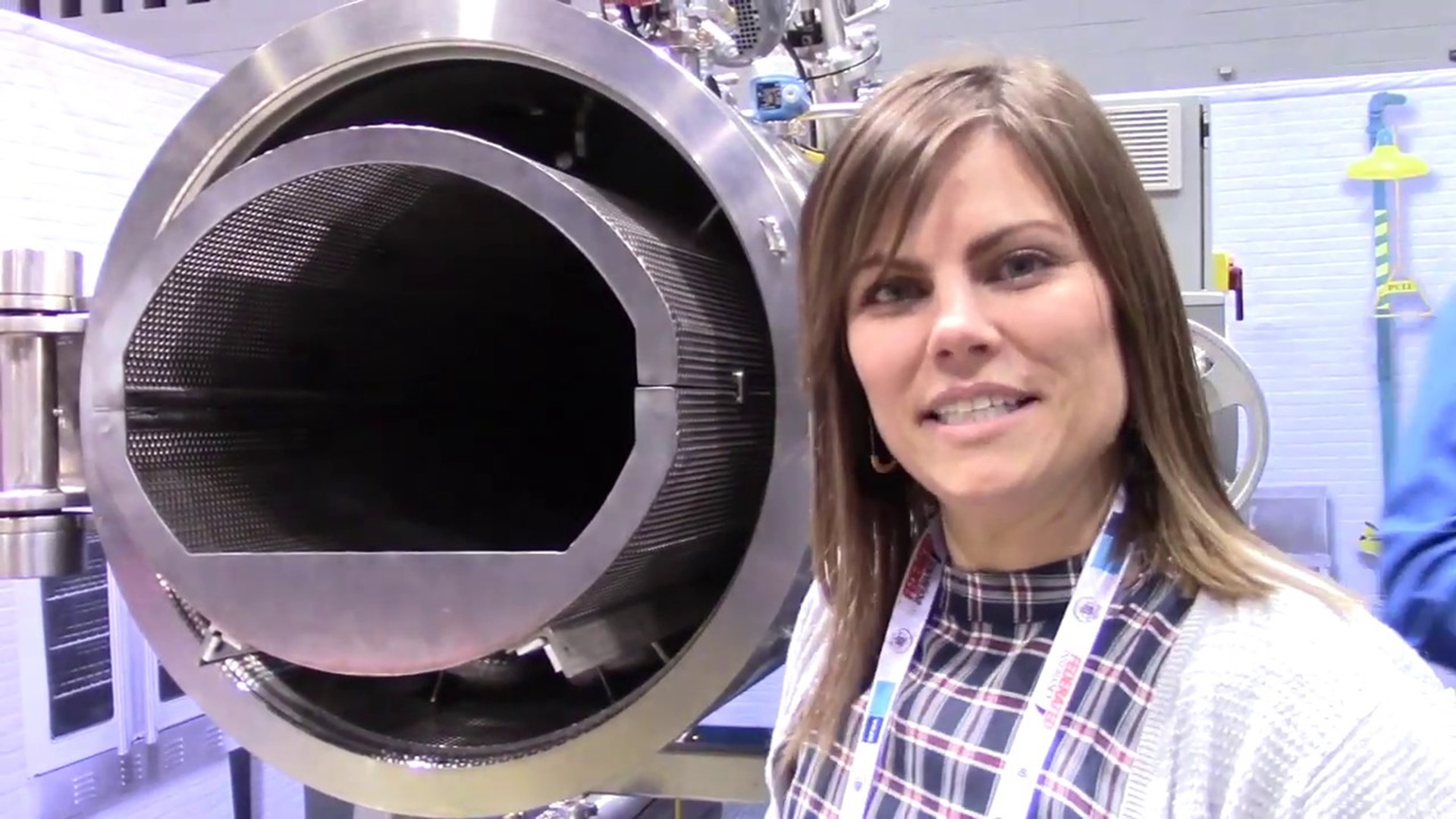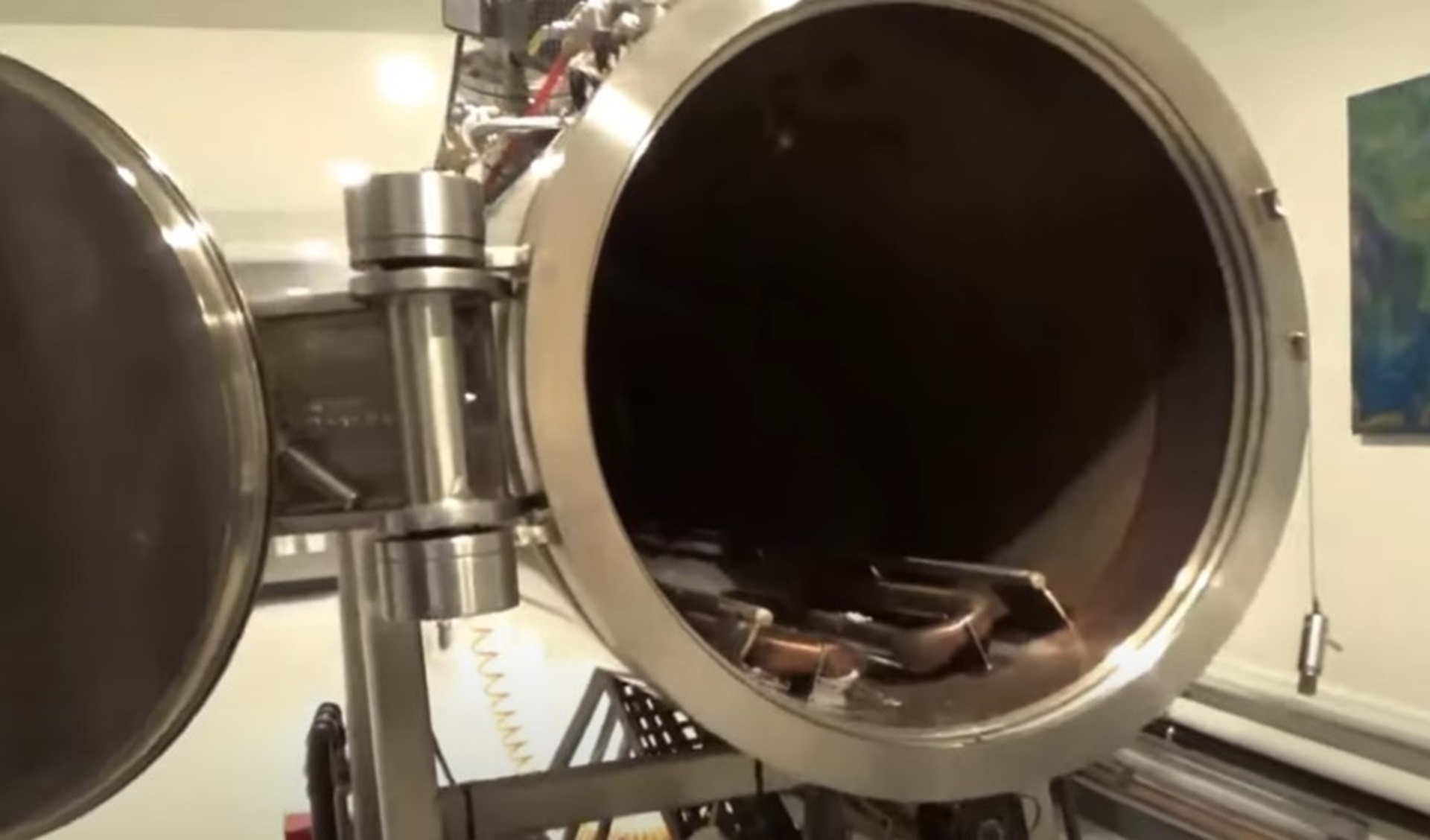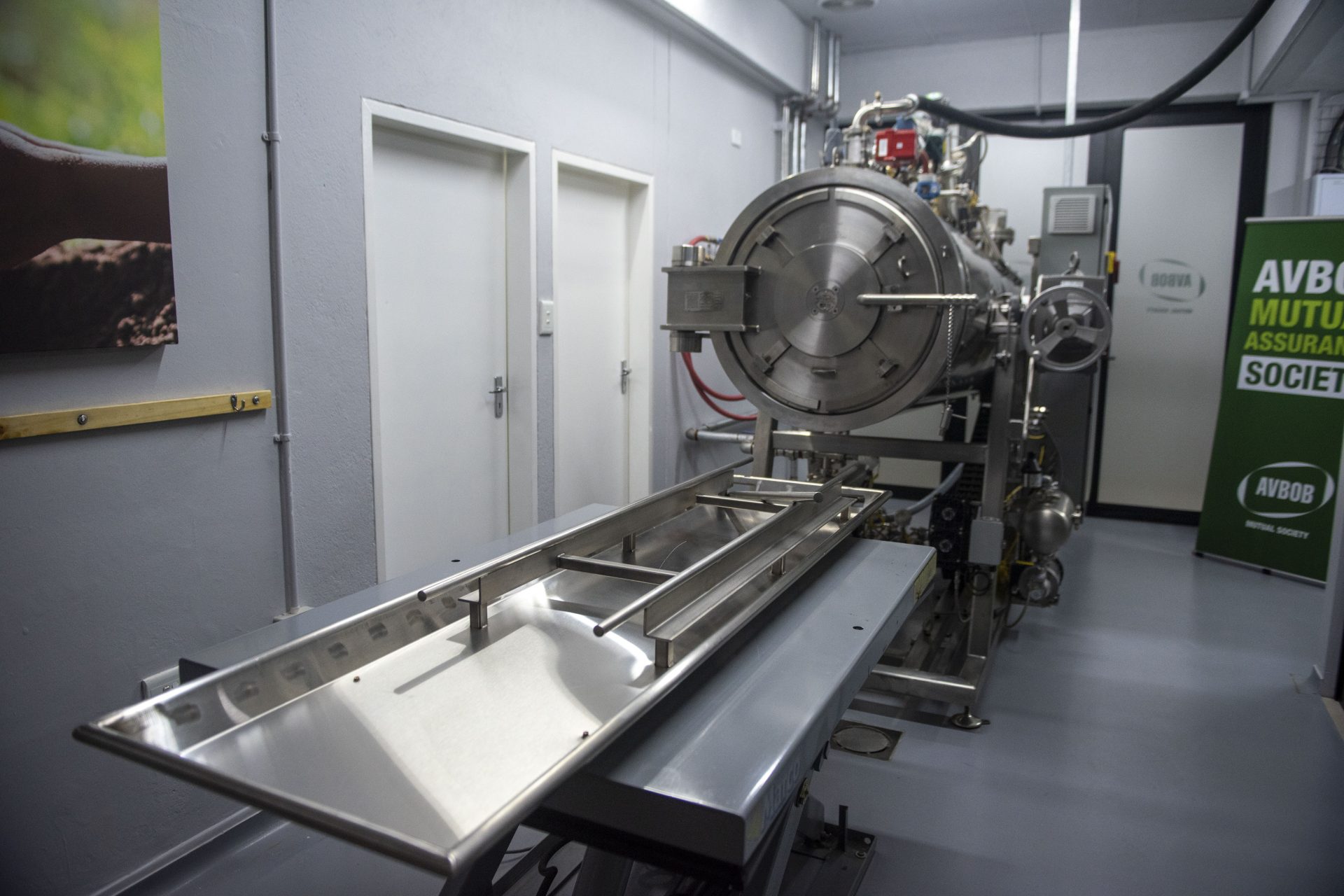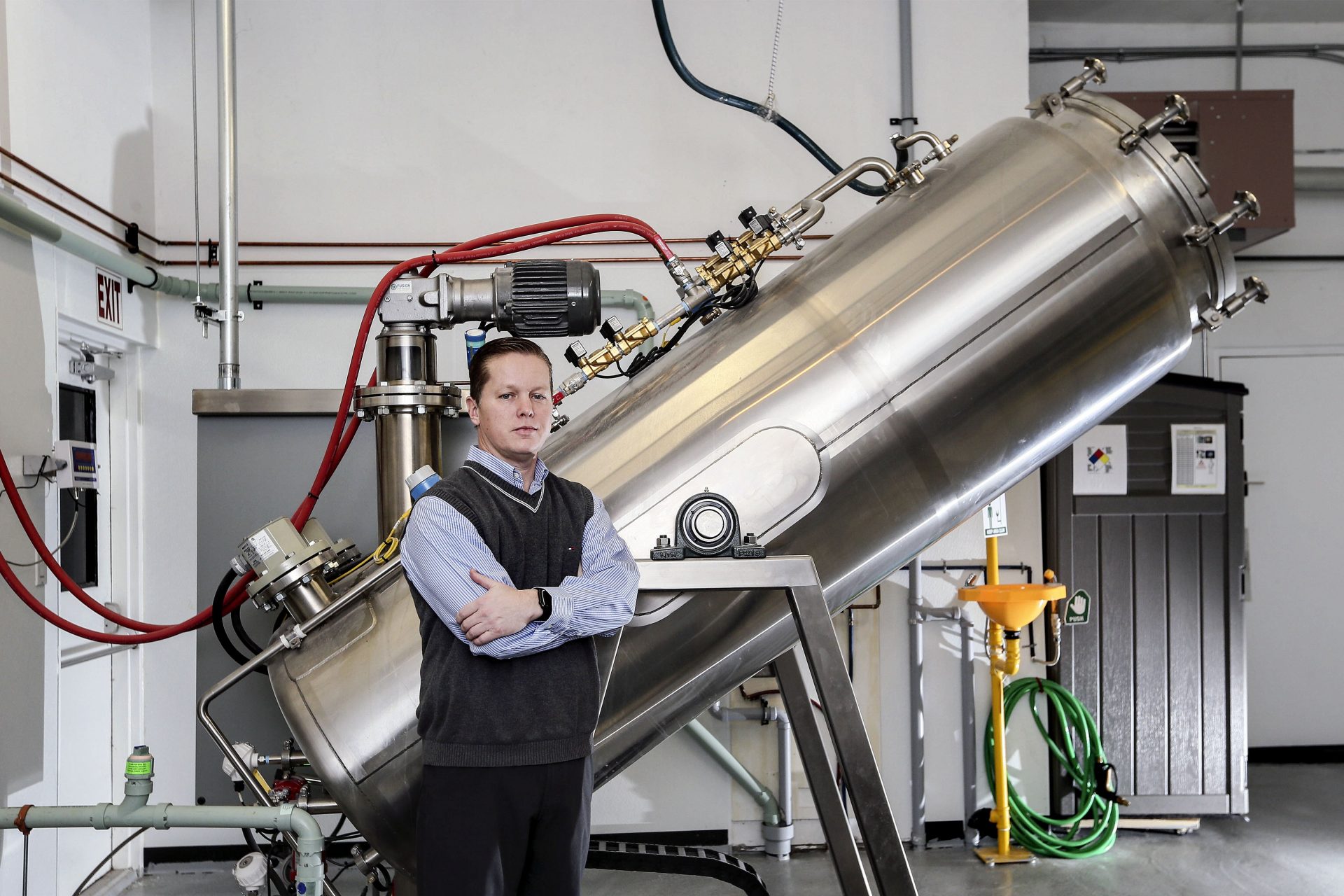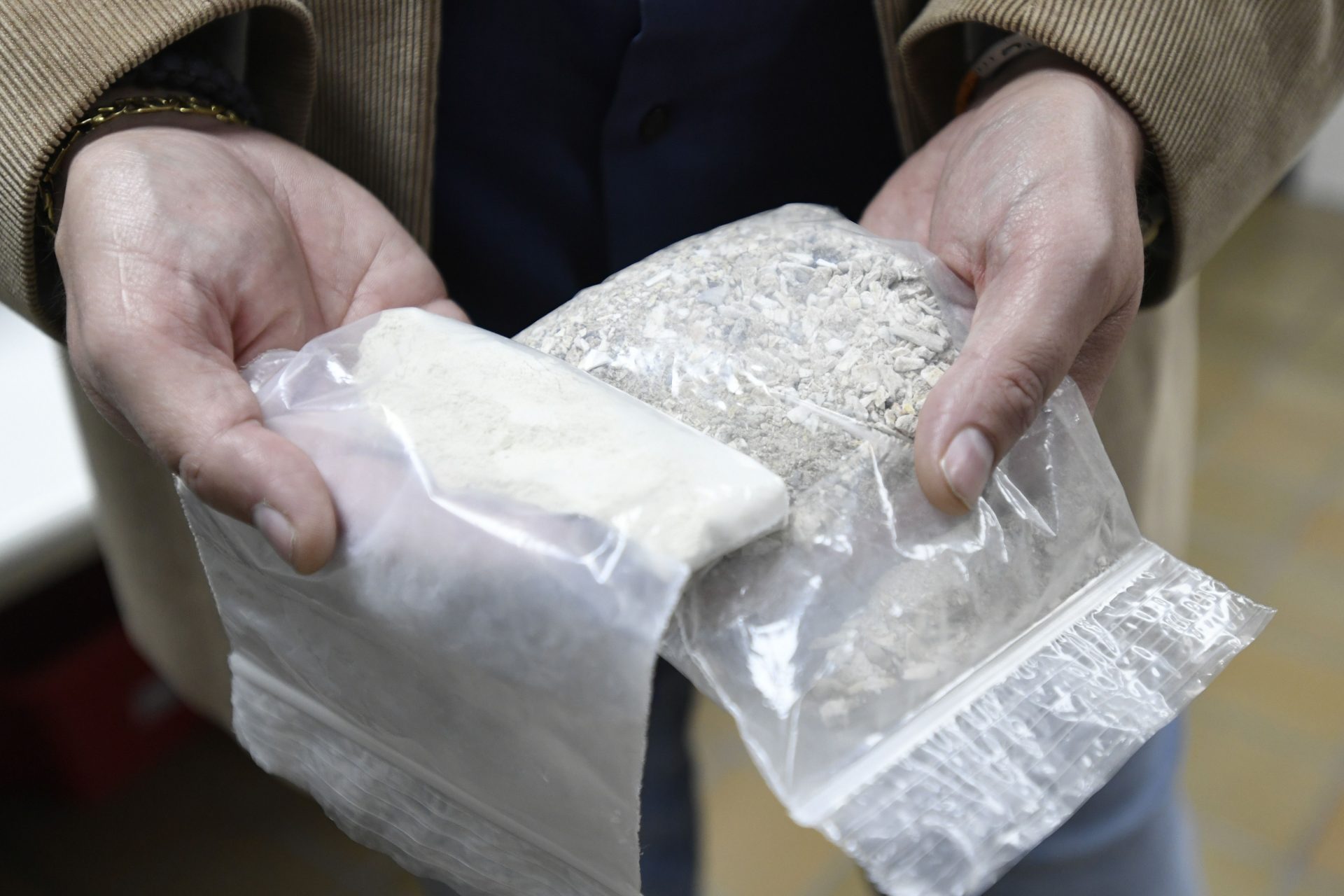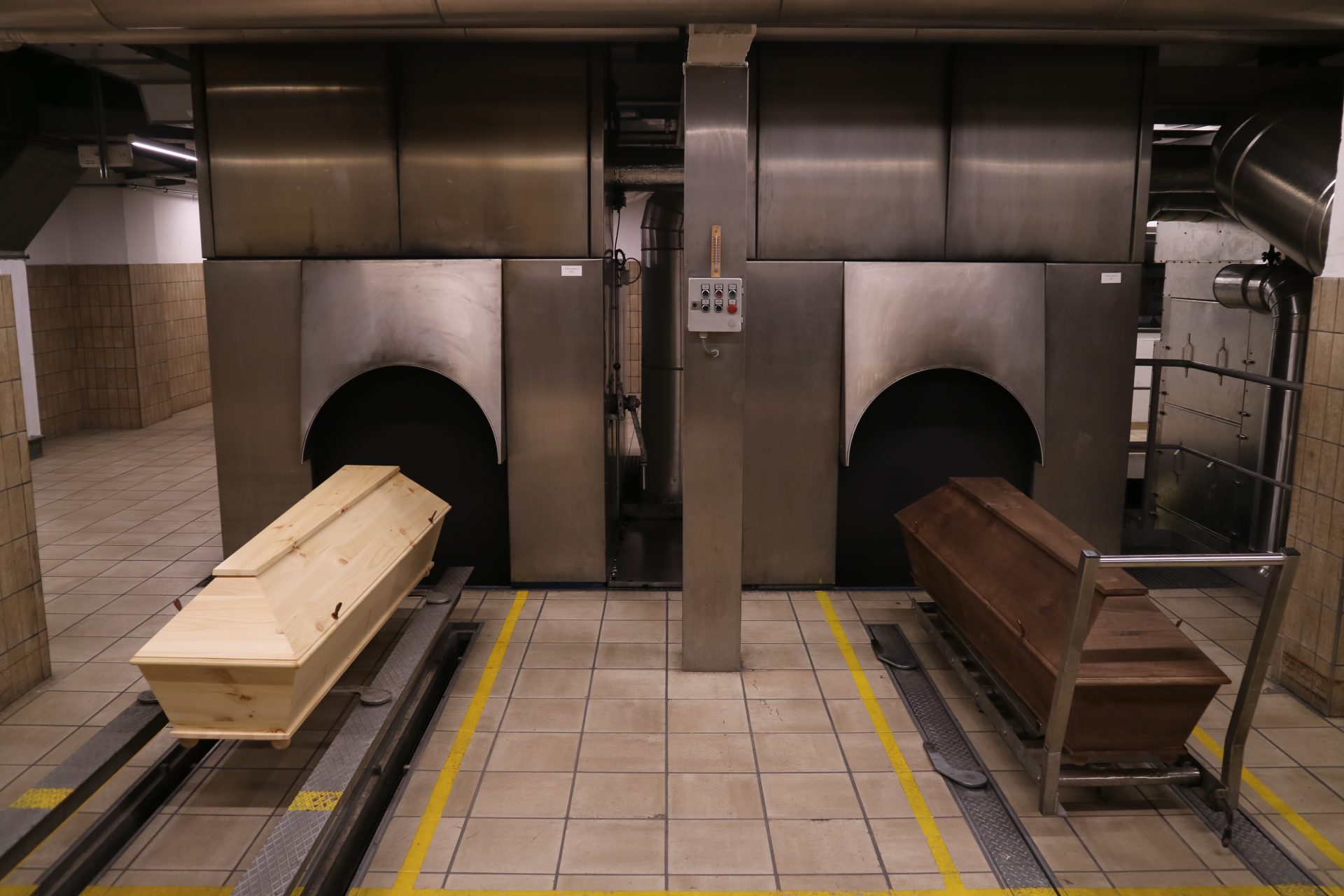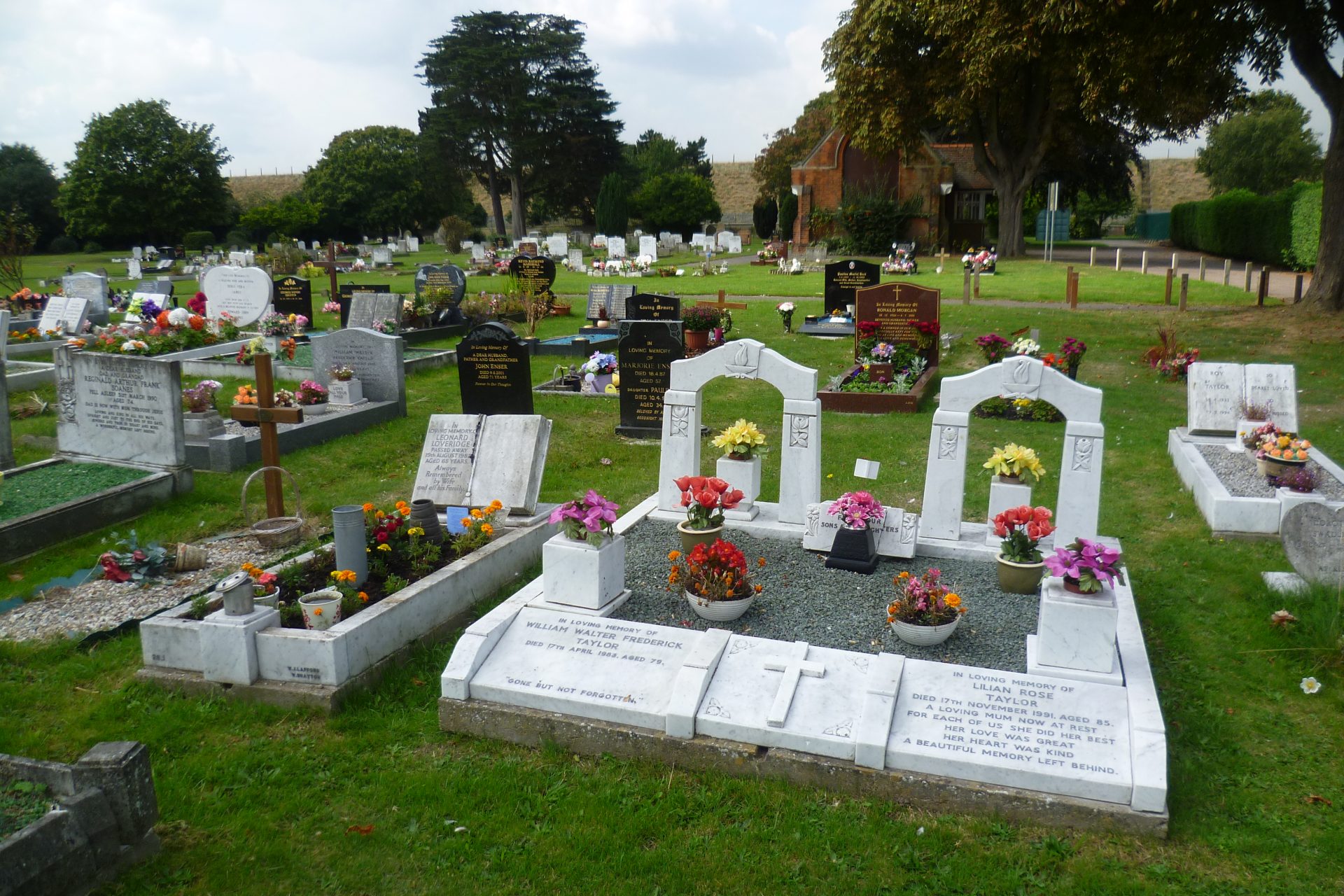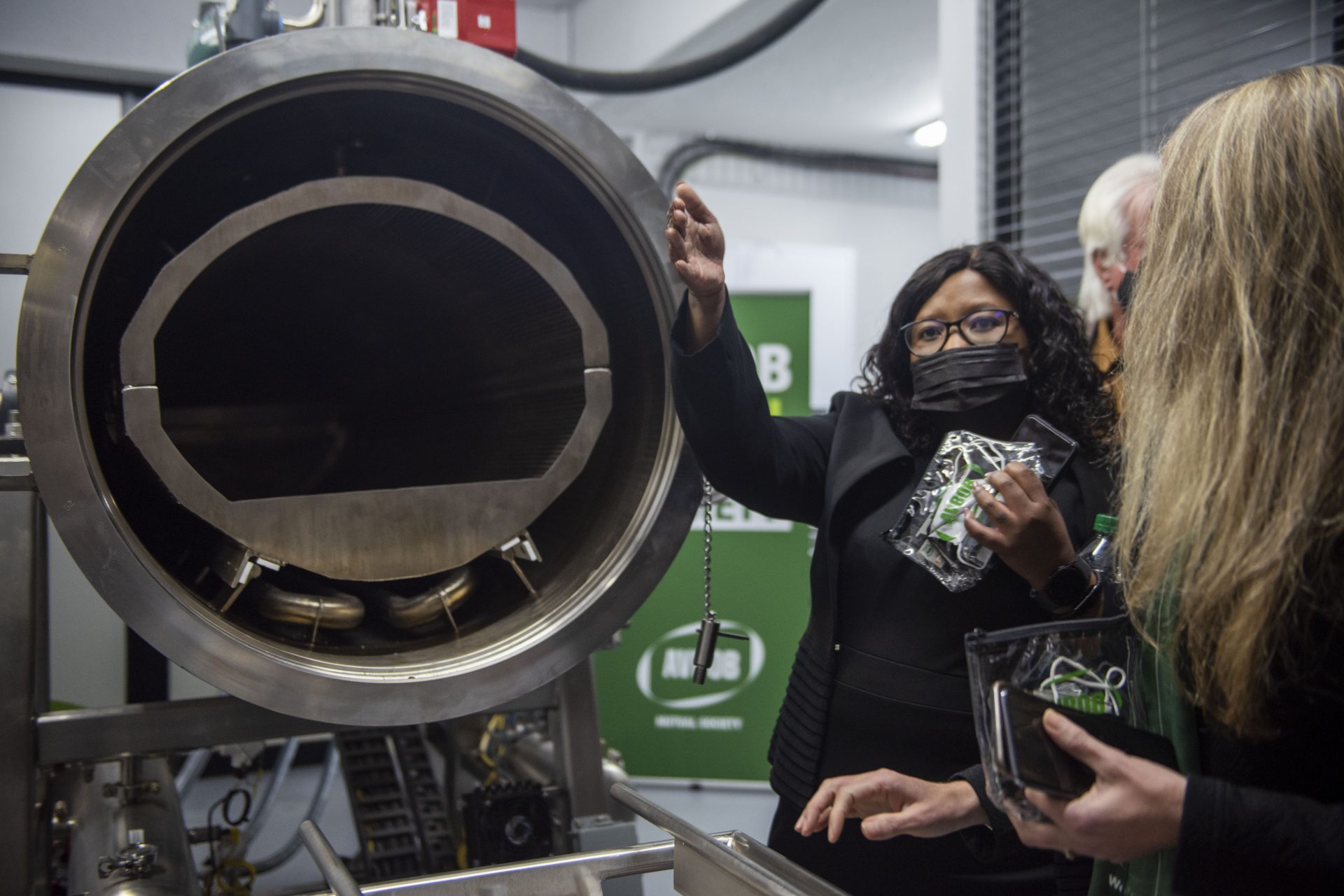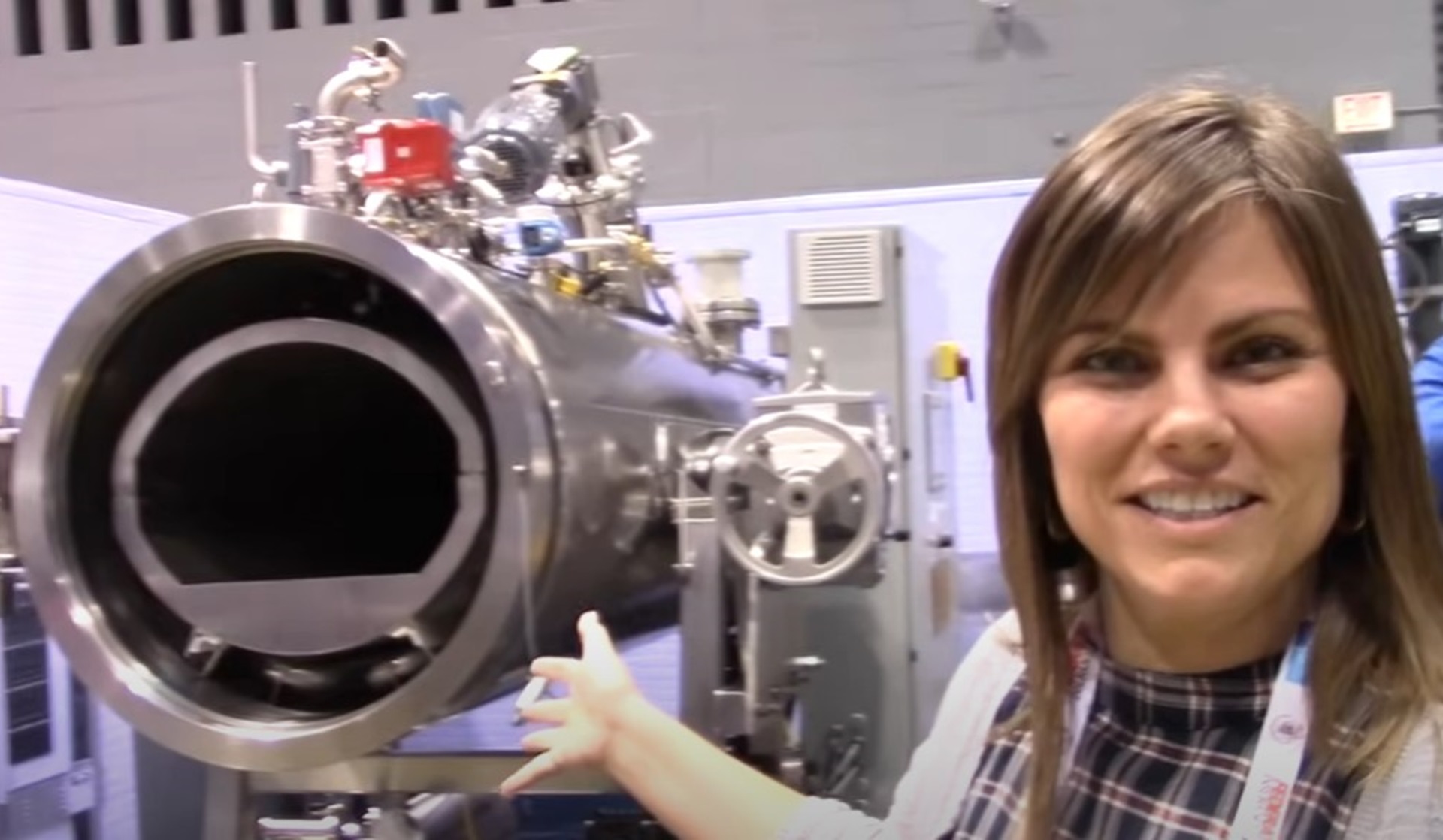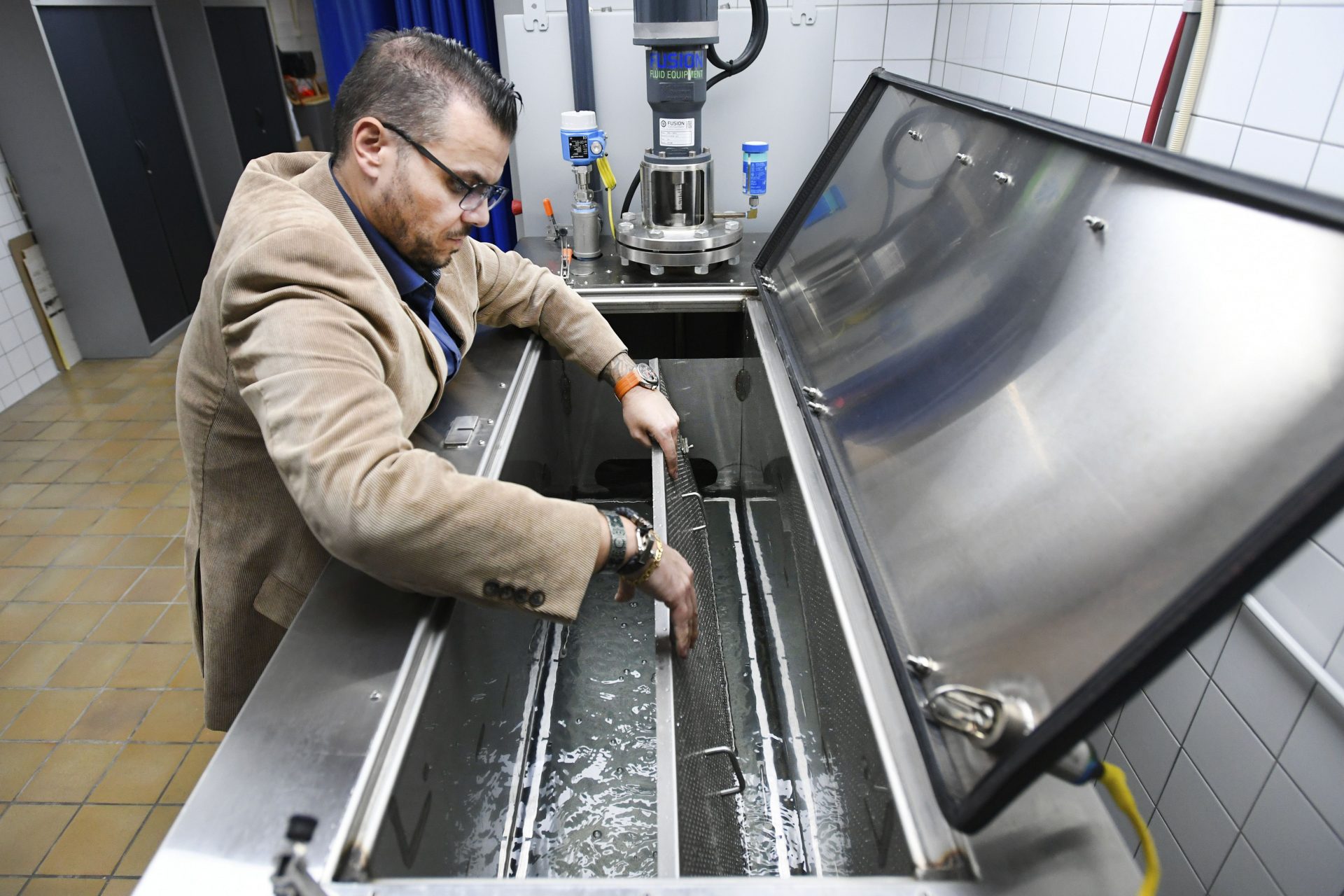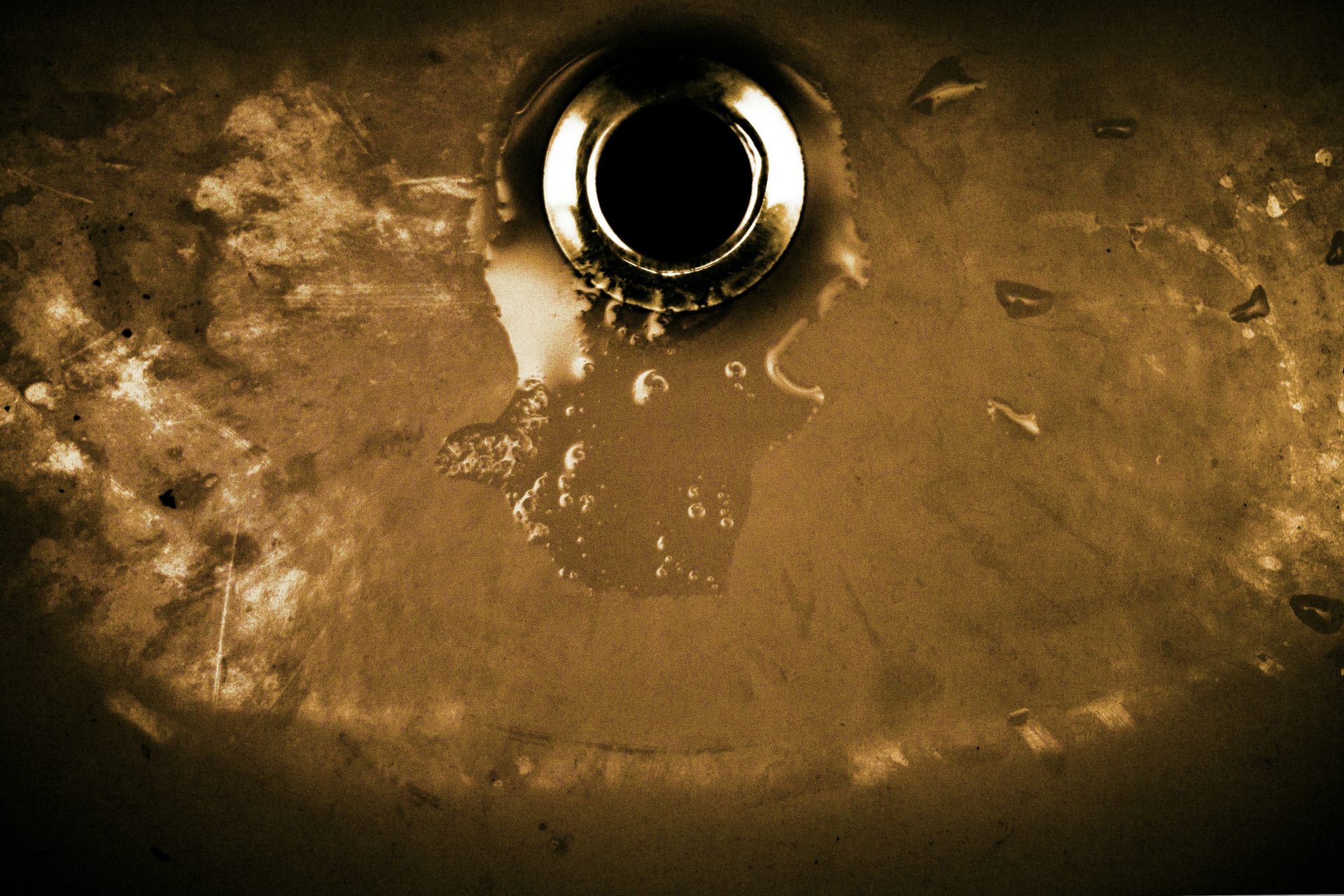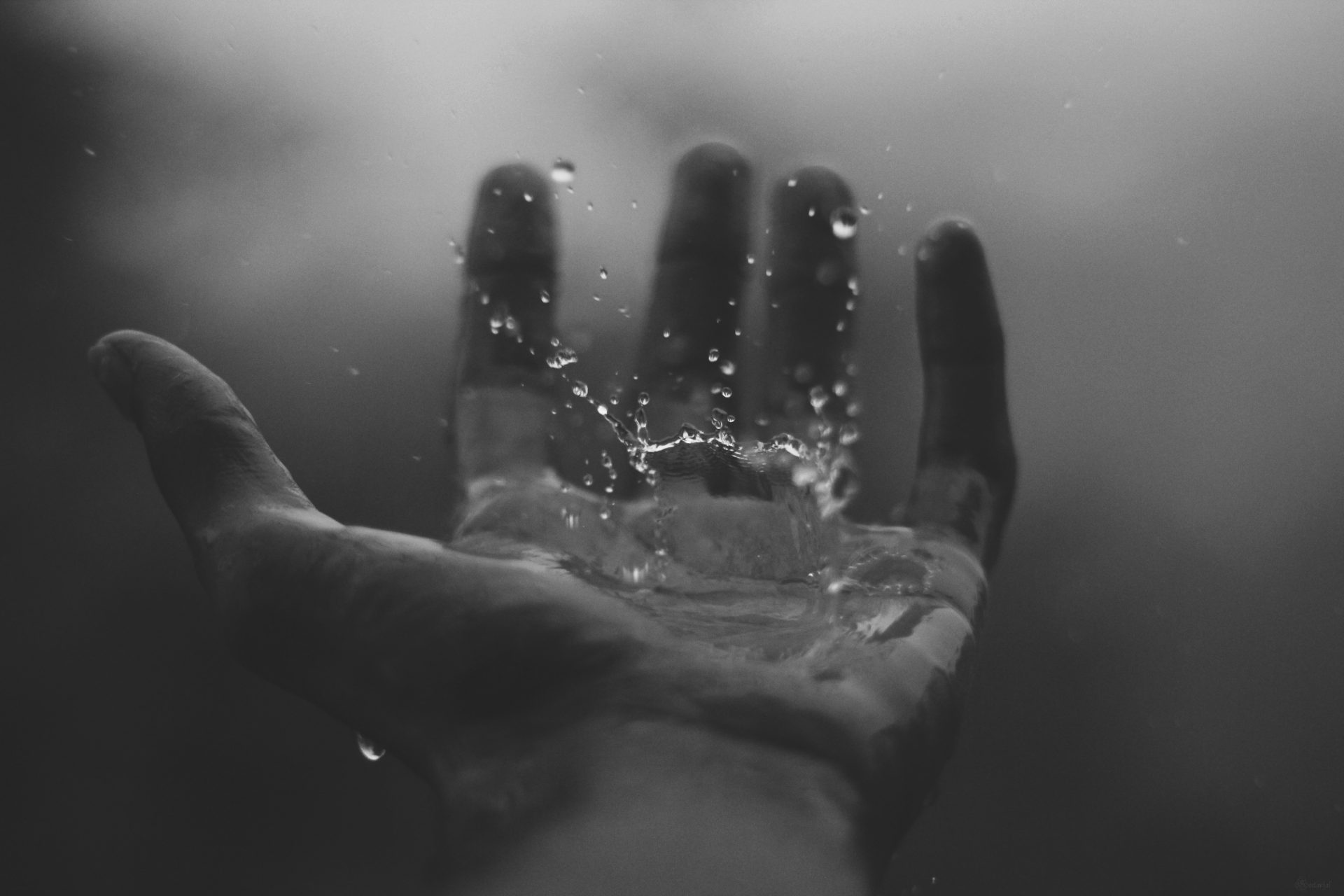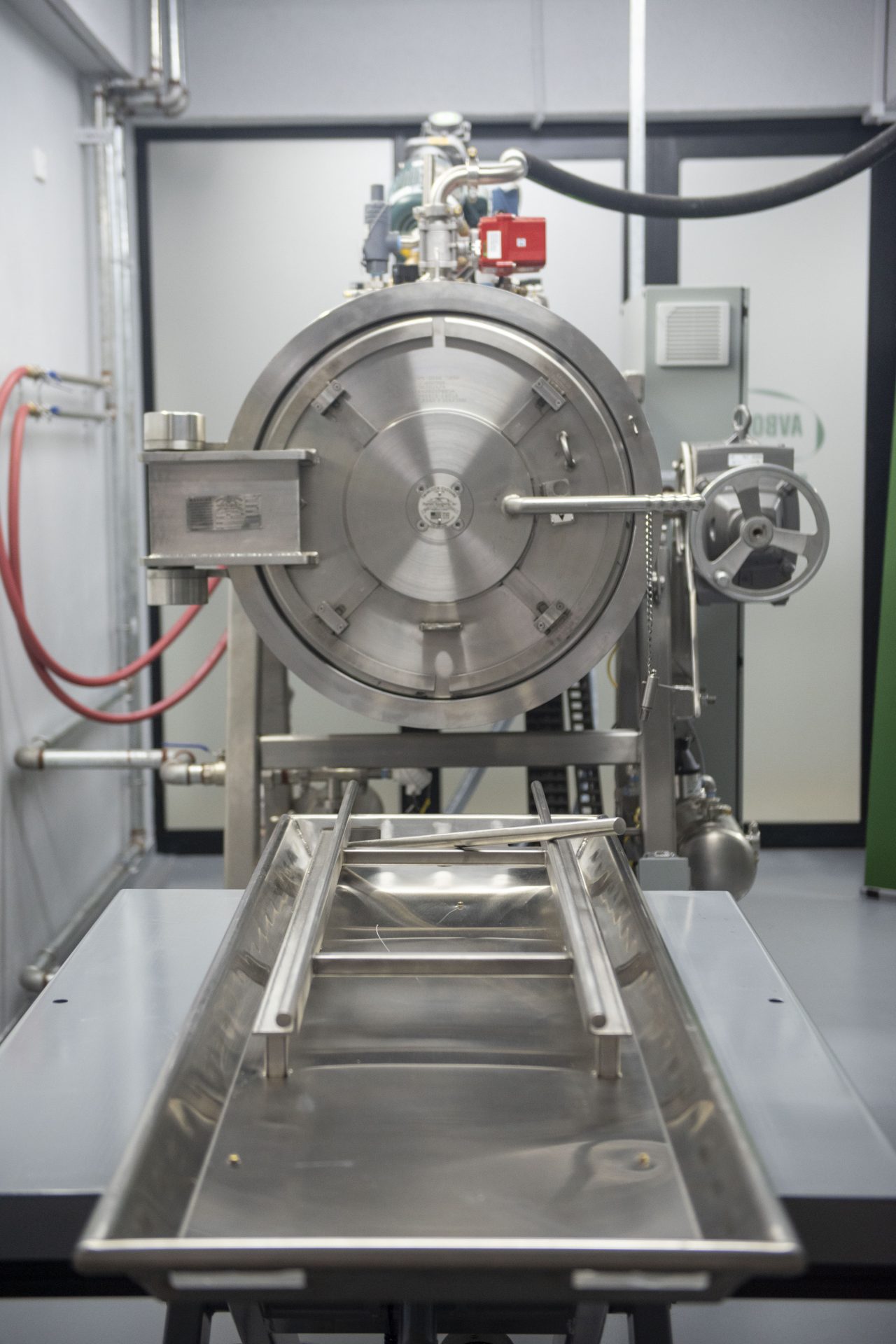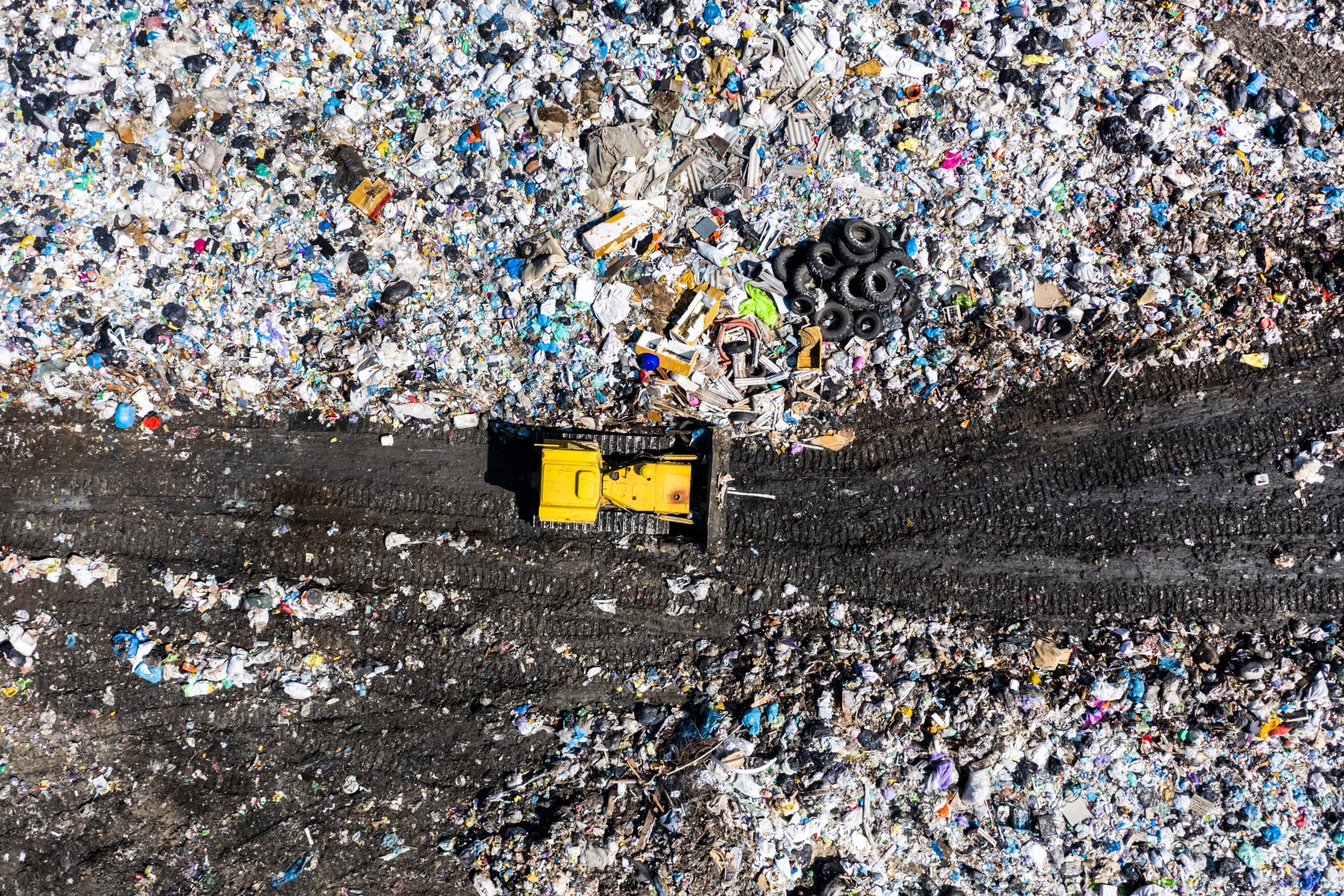Water cremation: would you consider this eco-friendly option?
Have you already thought about what you want to happen to your body after you die? We realize this is a rather morbid question, but the reality is that it is something that we all ought to be giving some thought to. In most of the world, there are usually really only two options for your body once you pass away: burial or a traditional fire cremation. However, both options come at a high environmental cost, and new options are being explored.
Water cremation is one of those new, more environmentally friendly options for dealing with our bodies after death. Yes, you read that correctly: cremation via water, which, according to Smithsonian magazine, is also known as aquamation, resomation and alkaline hydrolysis. Unless you are a scientist familiar with the practice, you must be wondering how the heck this method of cremation works!
In an article on the subject, Euro News manages to sum up the practice in an easy-to-understand manner, explaining that water cremation "uses water to bring the body back to the skeletal remains."
Samantha Sieber is the vice president of research at Bio-Response Solutions, the world's largest producer of alkaline hydrolysis machines for the disposition of human remains. She explained the process in more detail to The Smithsonian magazine.
The process begins with the body being placed in a stainless steel vessel filled with a water and alkaline solution. Next, the water is heated up, which returns the flesh to its chemical components - amino acids, peptides, sugars and salts and only the bones remain.
Photo: screenshot YouTube from The Mortuary Channel
Siber went on to explain that there are two varieties of alkaline hydrolysis, aka water cremation: low and high temperature. During low-temperature water cremation, the liquid is brought to a temperature just below boiling, and the process is done at atmospheric pressure. Low-temperature alkaline hydrolysis takes around 14-16 hours to reduce a body.
Pictured: New Aquamation Facility (water cremation) at Avbob Preparation Centre on June 22, 2022 in Pretoria, South Africa.
In the case of a high-temperature water cremation, the water-alkaline solution is heated up to 300ºF or 149ºC. Since the higher temperature creates more pressure, the body is reduced to its chemical components in just four to six hours.
Pictured: Newcastle Funeral Home owner Trevor Charbonneau stands next to the funeral home's alkaline hydrolysis machine on December 14, 2019 in Canada.
With only the bones remaining, usually, they are ground down to a fine powder and then returned to the family in an urn. But how does water cremation affect our planet compared to traditional burial methods? Is it really much less impactful?
As Euro News points out in a traditional fire cremation, around 245kg (540 lbs) of carbon emissions are generated, which is the same energy usage as charging up your smartphone over 29,000 times.
Photo: By Georg Lippitsch - Own work, CC BY-SA 4.0, Wikimedia Commons
And traditional burials also are not great for the planet. Not only are we filling the land with concrete and casket structures that will eventually pollute the earth as they decompose, but the chemicals used to embalm bodies eventually will leach into the soil and contaminate waterways.
Photo: By Stanwell Burial Ground by Marathon, CC BY-SA 2.0, Wikimedia Commons
A paper published in the Berkeley Planning Journal titled: 'Landscapes of the Dead: An Argument for Conservation Burial' addresses just how bad traditional burials are for our planet. "Every year in the United States, the chemicals and materials buried along with bodies in a conventional burial include approximately 30 million board feet of hardwoods, 2,700 tons of copper and bronze, 104,272 tons of steel, and 1,636,000 tons of reinforced concrete."
Photo: By United States Naval Academy Photo Archive - 151211-N-TO519-163, Public Domain,
As pointed out by Smithsonian magazine, the advantage of water cremation is that it consumes just 10% of the energy needed to cremate a body with flames. Furthermore, the equipment used for alkaline hydrolysis is run on electricity as opposed to fossil fuels, and no greenhouse gases are emitted.
Alkaline hydrolysis expert Samantha Sieber told the Smithsonian that the practice simply accelerates the way a corpse would naturally disintegrate on Earth but with some advantages.
Sieber explained, "It's good at breaking down chemotherapy drugs and [any other] drugs that were in the body, and if people want to be embalmed it breaks down embalming chemicals." And this prevents them from contaminating our planet.
Pictured: a water cremation machine used for pets in the Netherlands.
Apart from the electricity used during the process of a water cremation and the bones produced, the only remaining aspect is the liquid in which the flesh is dissolved.
According to the Smithsonian, in the late 1990s, researchers found that the remaining liquid from alkaline hydrolysis was safe to pour down the drain into municipal sewer systems. Added bonus? Wastewater managers found that the liquid actually was beneficial to the sewage treatment process as it nourished the bacteria needed to break things down.
Photo by Scott Rodgerson on Unsplash
So why isn't everyone adopting this new procedure? Experts say that many people have issues with their flesh being reduced to water that is flushed down the drain, but slowly, the public seems to be getting over this hang up.
Photo by Geetanjal Khanna on Unsplash
As reported by the BBC, in 2023 the UK's biggest funeral care provider announced that it will start offering water cremation. In 2023 Ireland also opened its first water cremation facility and Belgium and the Netherlands are looking to introduce the practice once they over come some regulation issues.
In the United States, Canada and South Africa, the practice has already been in use for some time. Water cremation is permitted in 26 US states and according to CBC News,water cremation is legal in five Canadian provinces and territories - Saskatchewan, Ontario, Quebec, Newfoundland and Labrador, and Northwest Territories.
In fact, the practice became better known when South African hero Desmond TuTu wanted an environmentally friendly funeral and chose water cremation for the disposal of his body after his death in 2021.
Photo by Port of San Diego from San Diego, CA - Nobel Peace Prize Winner Desmond Tutu Sails the World — Then Talks About It, CC BY 2.0, Wikimedia Commons
What do you think? Would you be willing to have your body go through water cremation following your demise? Or does the process sound too bizarre, and you'd prefer a traditional burial? Or perhaps in the future, we will not have a choice, and this will become our new normal for disposing of the dead.
Photo by santosh verma on Unsplash
More for you
Top Stories



